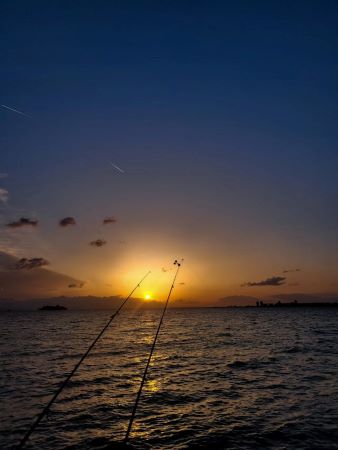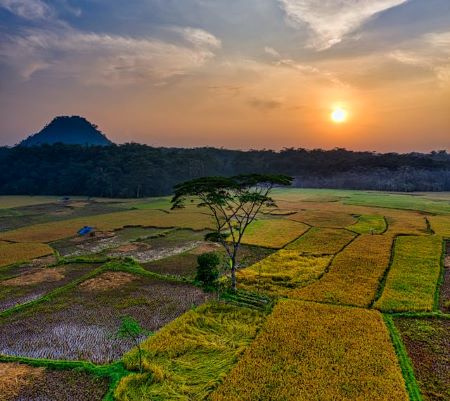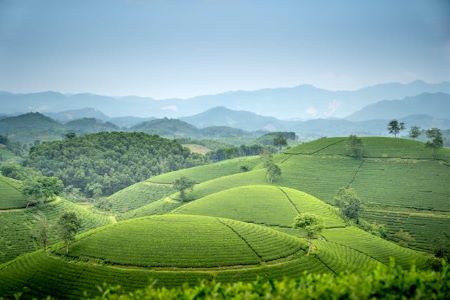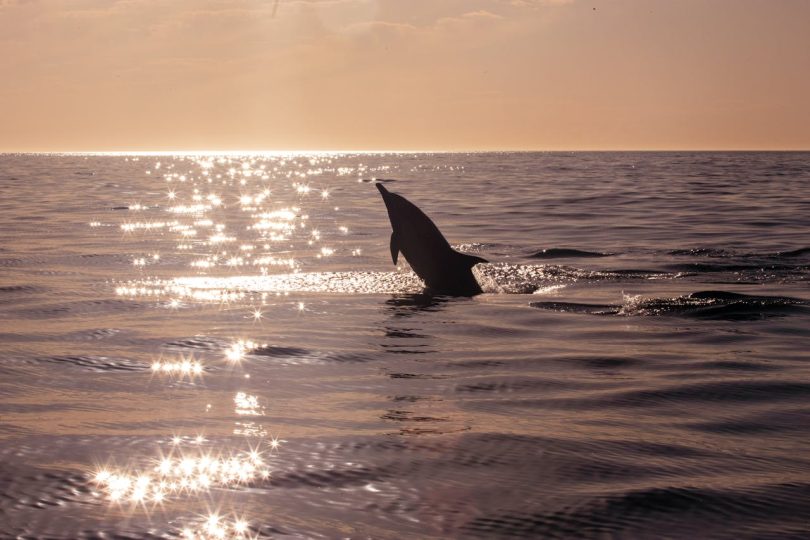Living with long Covid – the fatigue, the brain fog, the cycles of exhaustion, and not being able to predict how I’m going to feel on any given day has changed how I live.
Instead of running at 150 million miles an hour, with plans and ideas and getting stuff done, i have learned to adapt. Managing my lifestyle to reduce stress, and watching what I eat to keep my inflammation levels manageable has brought bigger questions into my way of being – living with balance and joy. I have learned to listen when my body tells me that it needs to rest, and to manage my life around my available energy. It’s a different way of being.

This week, catching up over a leisurely meal with friends, a friend asked me why I wasn’t writing more about what a sustainable life means to me.
And so here goes…
I received a toxicology report which notes that I have extra high toxicity levels of arsenic, most likely due to consumption of rice from Asia. Too much arsenic can increase risks of cancer, high blood pressure, type 2 diabetes, and respiratory diseases.[1] I’m of Chinese descent. I’m used to eating rice every day, and rice noodles on my days off. Adapting to eating millet and buckwheat instead has been an adjustment, and I’m still not quite sure if my family knows what to make of my non-rice eating status!

So What Does A Sustainable Life Look Like?
For me personally, it is to walk gently on this earth, and to minimise the hurt and harm I cause to people and the planet. In the tradition I study in, Sri Vidya, we learn to honour the great mother, and to see all of creation as part of a whole – no creature or being lives entirely separately from another – we all exist in an integrated universe. The choices we make as individuals matter, and every action, no matter how small, has a reaction.
This is an invitation to ponder – to ponder our way of living, and of how we live matters. Some simple principles for you to mull on:
- De-plastify your life
- You are what you eat
De-plastify Your Life
Microplastics are small pieces of plastic less than 5mm long and can be found in beauty products and in our environment as plastics we use break down.[2] Marine plastic pollution has impacted almost 300 ocean species, including 44% of seabird species and 43% of marine mammal species. This includes death from ingestion, starvation, suffocation, infection, drowning and entanglement.[3] The fish we eat, including shrimp and squid are already contaminated with microplastics. [4]
Microplastics can accumulate in your body and trigger an immune response or increase toxicity.[5] They have been discovered throughout the human body, and organs including the reproductive systems, and cause damage to human cells. We don’t yet know just what this means for our bodies.[6]
What can we do?
- Stop buying and drinking plastic bottled drinks and consuming an explosion of microplastics each time you open the lid! Buy an insulated water bottle that will keep your water cool on the warmest day on the Underground – you will thank me for this!
- Use reusable cups and mugs (preferably stainless steel and not plastic!) instead of disposable cups for your coffees
- Replace your plastic Tupperware with glass, buy a toothpaste that comes in a glass jar and not a plastic tube, and use more sustainable toothbrushes and razors
- Buy clothes with natural fibres so you’re not sending more plastic into the ocean with each load of laundry
- Read No More Plastic for more easy ideas to implement
You Are What You Eat
Why, do you ask me, does eating rice mean that I am consuming arsenic?
Arsenic can be found in soil and water, so in areas where the soil and water are polluted, rice can be a vulnerable crop as it’s grown in flooded paddy fields. Rice has 10-20 times more arsenic than other grains. [7]

What can I do if I’m a rice eater?
Rice from Nepal, north India or north Pakistan is considered to have the least amount of arsenic, and basmati and jasmine rice usually have lower levels of arsenic than other types. Brown rice contains more arsenic as it’s commonly found in the rice husk. Wash, then cook your rice like pasta, then rinse it before eating.[8] And if you’re brave enough, vary your grains and try millet or buckwheat…
Eat organic as much as you are able, especially for core dietary items.
It’s tough to eat organic all the time, as it does cost more, and home budgets are getting harder to juggle. If fresh is a challenge to get hold off, frozen can be as good if not better. Focus on the dirty dozen fruit and vegetables which absorb the most pesticides from farming. Residue from pesticides in non-organic farming can affect hormones and brain development in babies and children.[9] Look for Soil Association certified organic products which conform to their organic standards, including those on environmental contamination and soil management. By eating organic, we can do our part in looking after the environment.
Eat less meat.
For me, a life without bacon or steak or even roast poultry, would be sad. And I’m learning to adjust. Growing up, red meat and poultry were a treat, and I’m trying to revert back to that way of eating, by embracing pulses, lentils, beans, and other grains. Most supermarkets now have beans in jars if, like me, the preparing of pulses and beans is too daunting. And did you know that pound for pound, there is more protein in raw lentils than steak?[10] Lentils are certainly kinder to the environment than mass consumption of pork and beef.
Change Isn’t Always Easy, & It Starts With The First Step
By reading this article, inviting you to ponder how to embrace the hikers’ principles to walk gently on this earth and leave no trace, you have already taken the first and hardest step. I encourage you to stay curious and to not believe me!

Go forth and discover & find your own way of making small changes & choices in the way you live, to live a more sustainable life.
May you be well, may you be whole, & live healthily.
Sources
[1] https://health.osu.edu/wellness/exercise-and-nutrition/how-to-reduce-arsenic-in-rice
[2] https://oceanservice.noaa.gov/facts/microplastics.html
[3] https://cleanwater.org/problem-marine-plastic-pollution#:~:text=Marine%20plastic%20pollution%20has%20impacted,infection%2C%20drowning%2C%20and%20entanglement.
[4] https://www.nature.com/articles/s41598-021-85939-3
[5] https://www.ncbi.nlm.nih.gov/pmc/articles/PMC10151227/#:~:text=Microplastic%2Dexposure%20routes&text=Microplastics%20have%20been%20detected%20in,or%20cause%20local%20particle%20toxicity.
[6] https://www.ncbi.nlm.nih.gov/pmc/articles/PMC10151227/#:~:text=Microplastic%2Dexposure%20routes&text=Microplastics%20have%20been%20detected%20in,or%20cause%20local%20particle%20toxicity.
[7] https://www.bbc.co.uk/programmes/articles/2F1MDzyW55pg97Tdpp7gqLN/should-i-be-concerned-about-arsenic-in-my-rice#:~:text=cancer%20in%20humans.-,Levels%20of%20arsenic%20in%20rice,arsenic%20than%20other%20cereal%20crops.
[8] https://health.osu.edu/wellness/exercise-and-nutrition/how-to-reduce-arsenic-in-rice
[9] https://www.togetheragainstcancer.org.uk/the-dirty-dozen-foods-to-be-aware-of-in-2024/
[10] https://www.researchgate.net/figure/Comparison-of-the-nutritional-value-of-beef-poultry-red-beans-and-lentils_tbl5_337451973
Main – Photo by Chelsea Bradley



